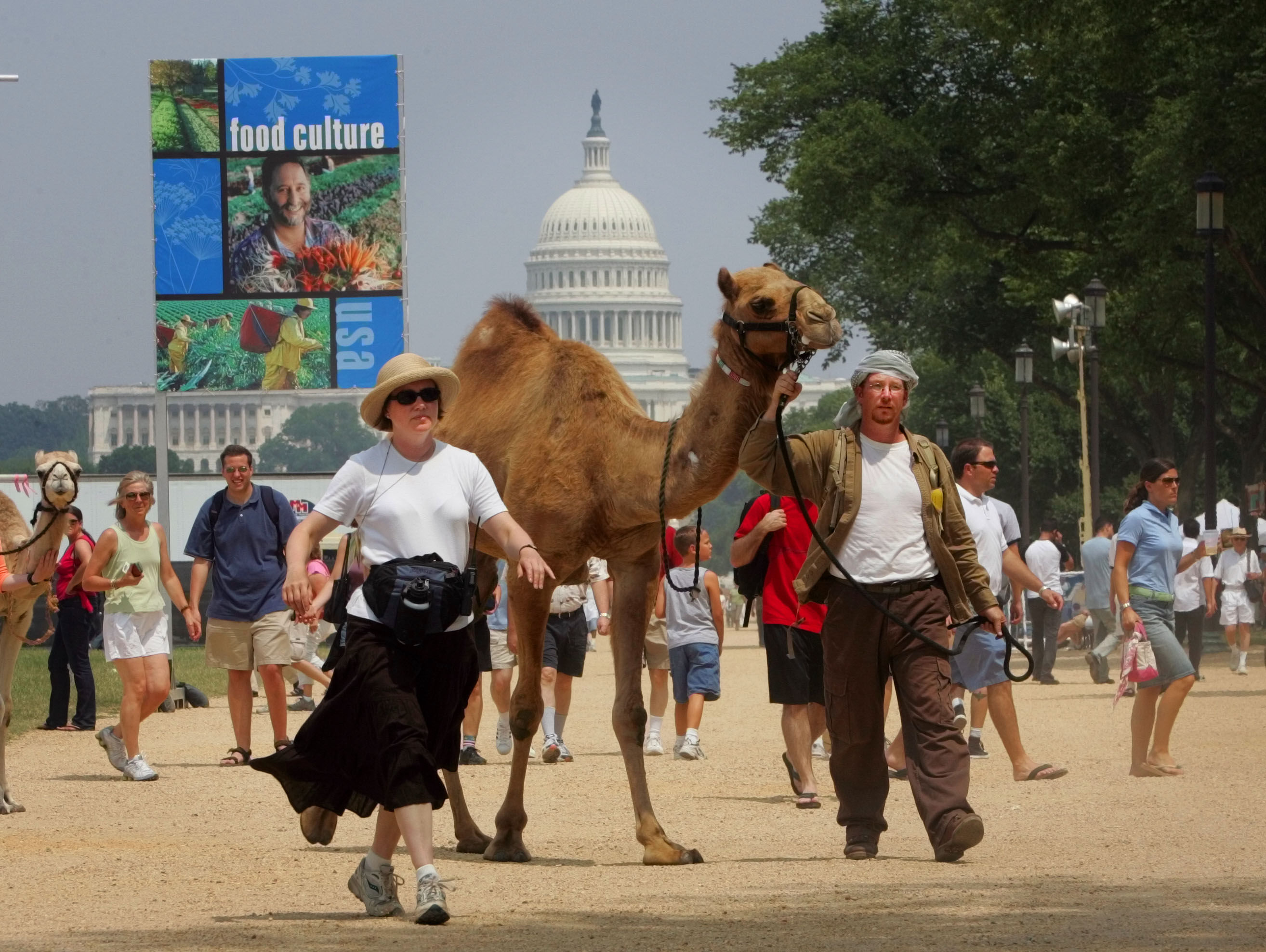WASHINGTON — The Smithsonian Folklife Festival hosts its last events of the year as it comes to an end on Sunday. This year’s festival was dedicated to the circus arts.
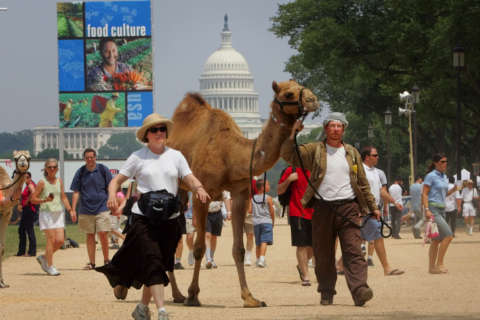
Festival hours are 11 a.m. to 5 p.m. But the day doesn’t end there. Saturday ends with a performance by Cirque des Voix, a show performed with a live orchestra. Cirque des Voix will perform at 8 p.m. at the Big Top on the Mall.
Visitors this weekend still have a range of events to choose from, all of which are free. Most events will be outdoors on the National Mall between 7th and 12th streets and some events will take place indoors.
On Saturday, visitors can learn how to make circus puppets at 1 p.m. Seperate demonstrations of acrobatics and aerials are scheduled at 2 p.m. Budding folklorists may be interested in a narrative session about how many established folklorists got their start at past folklife festivals.
Sunday, the last day of this year’s festival, begins with a Central American traditional ceremony at 11 a.m. The ceremony is also part of the festival’s On the Move, a program dedicated to migration. At 11:45 a.m., festival goers can attend a discussion on life in circus families. And those who want to face their fears can do so at a 3 p.m. participatory class on clowning.
For a full schedule of remaining events, check the festival’s website.
As this year’s festival wraps up, read on to learn about the festival’s history and this year’s themes and events.
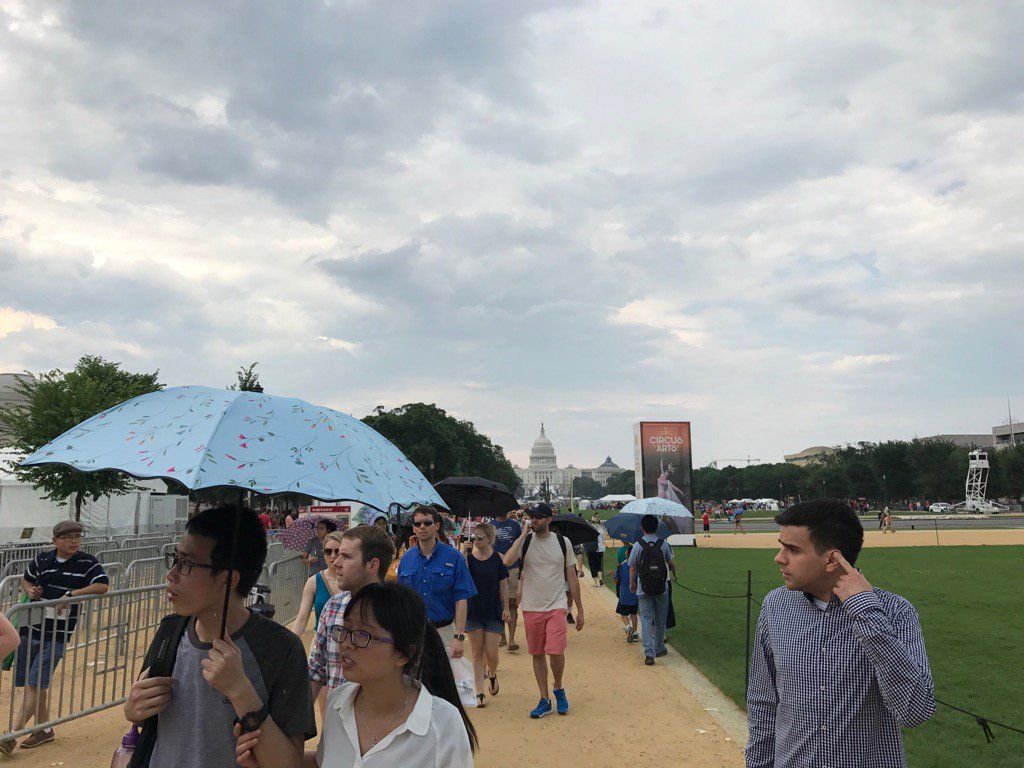
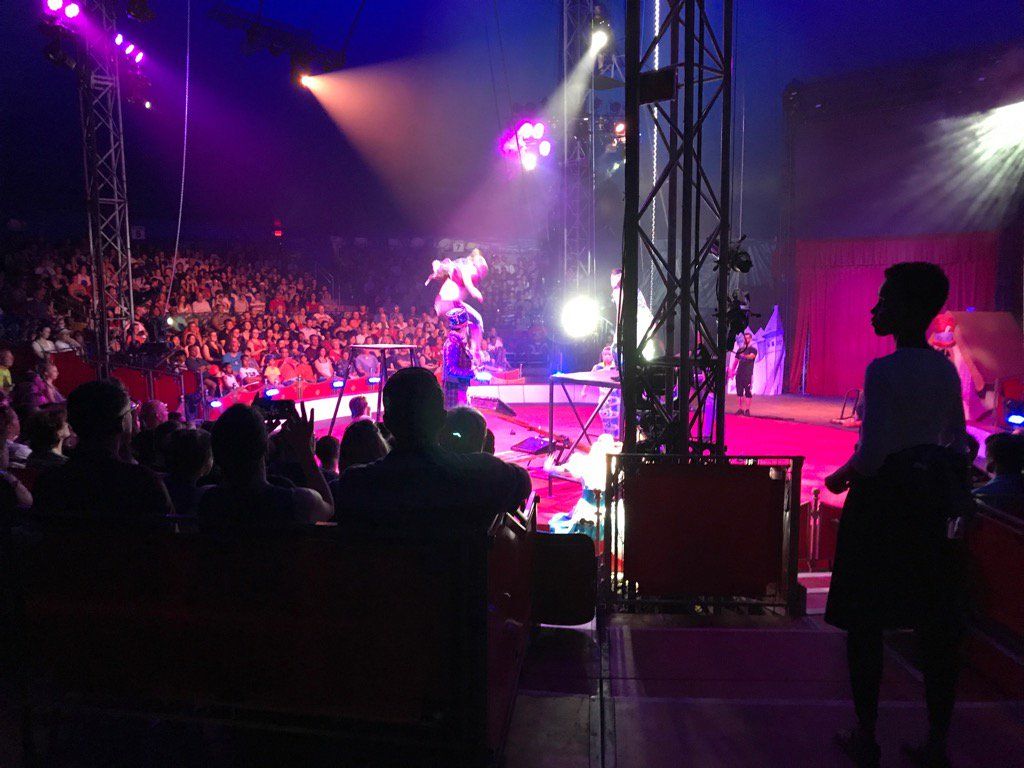
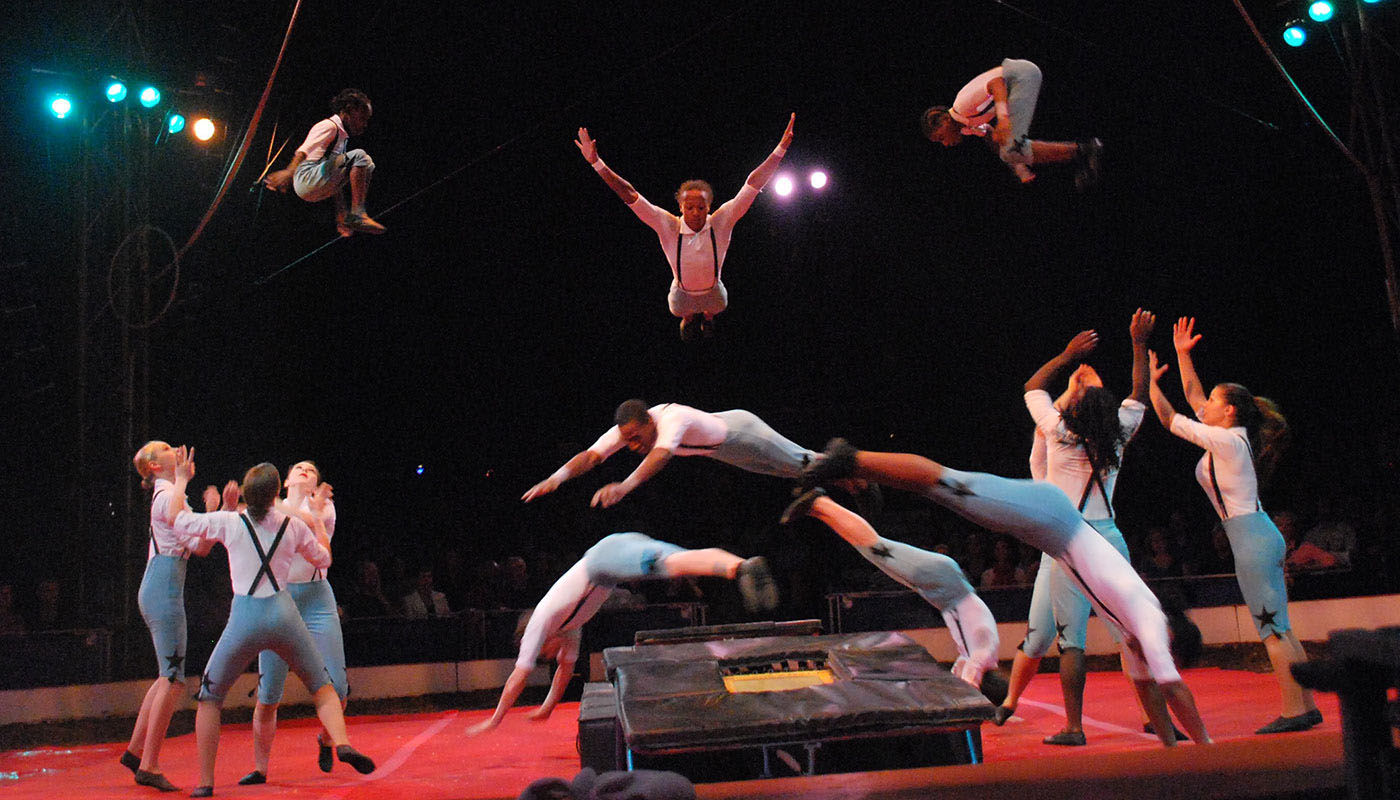
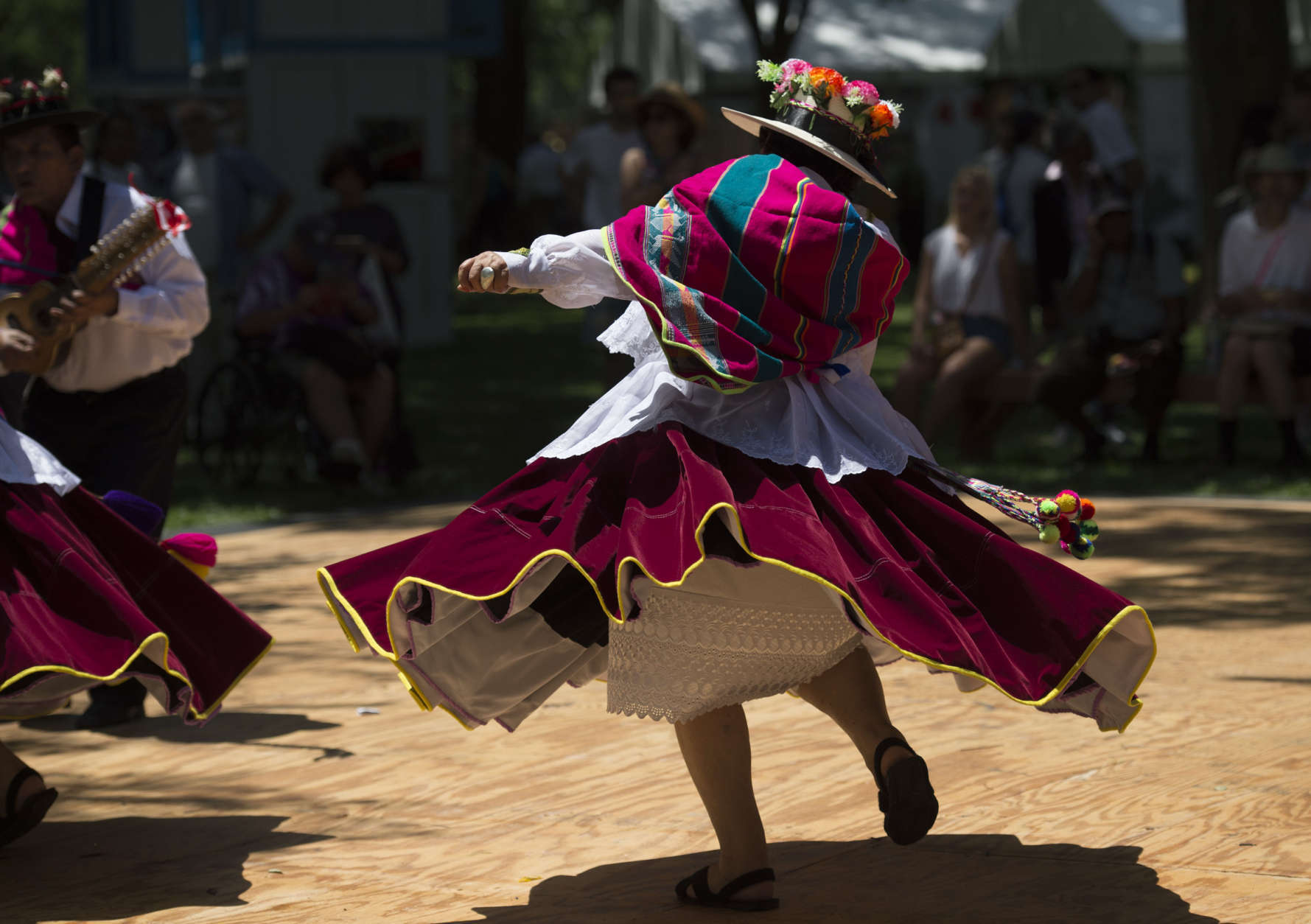
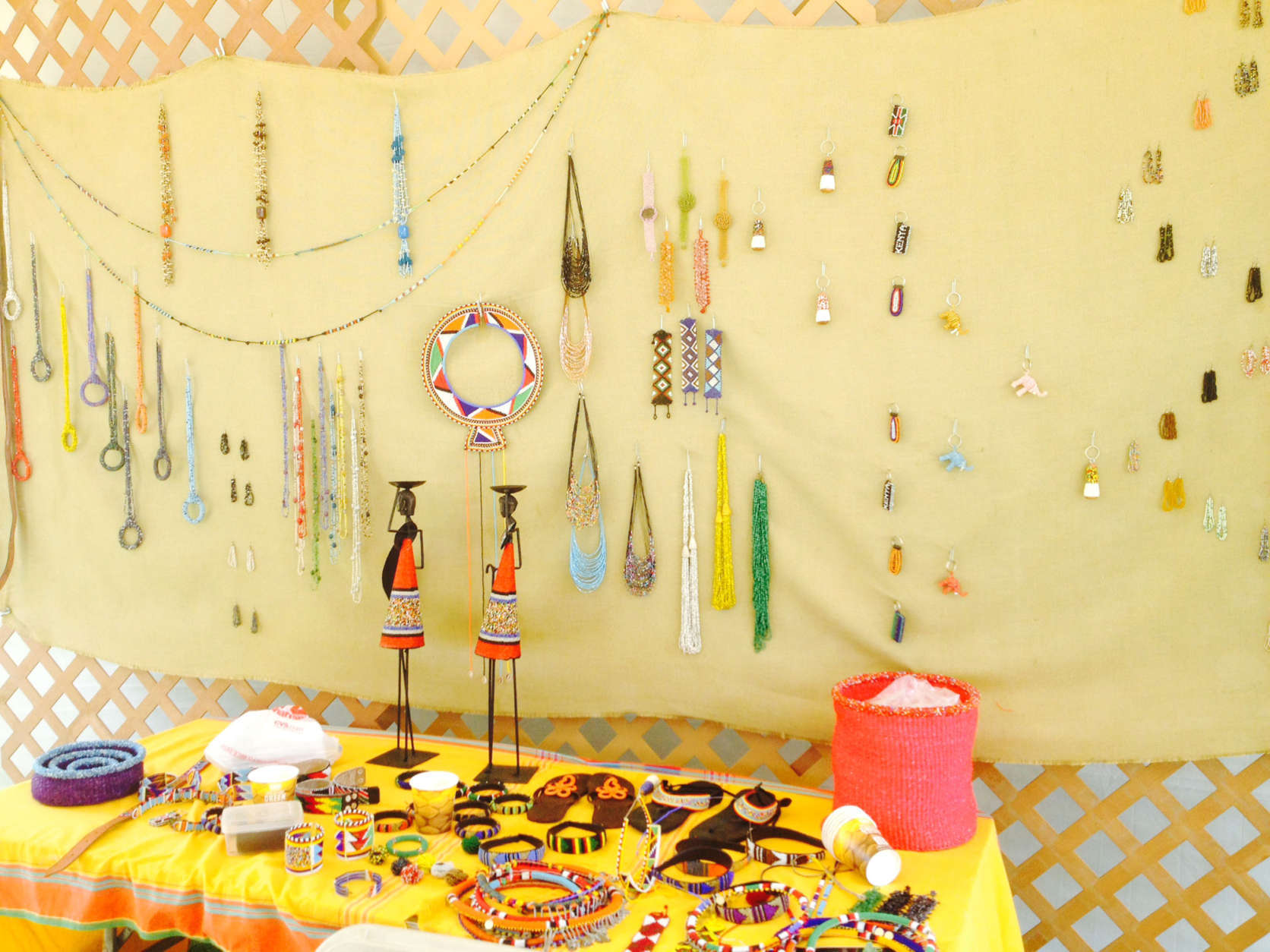
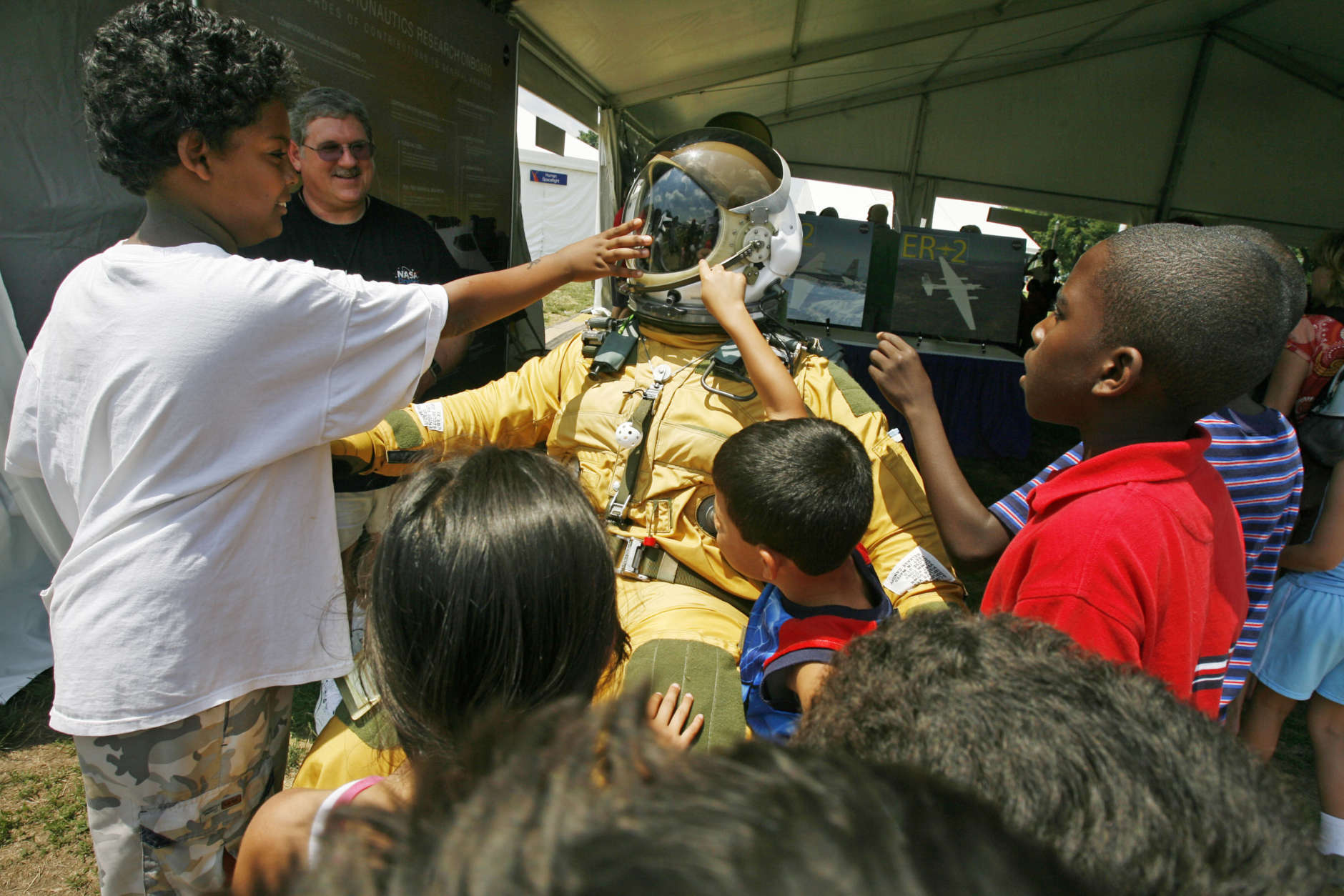
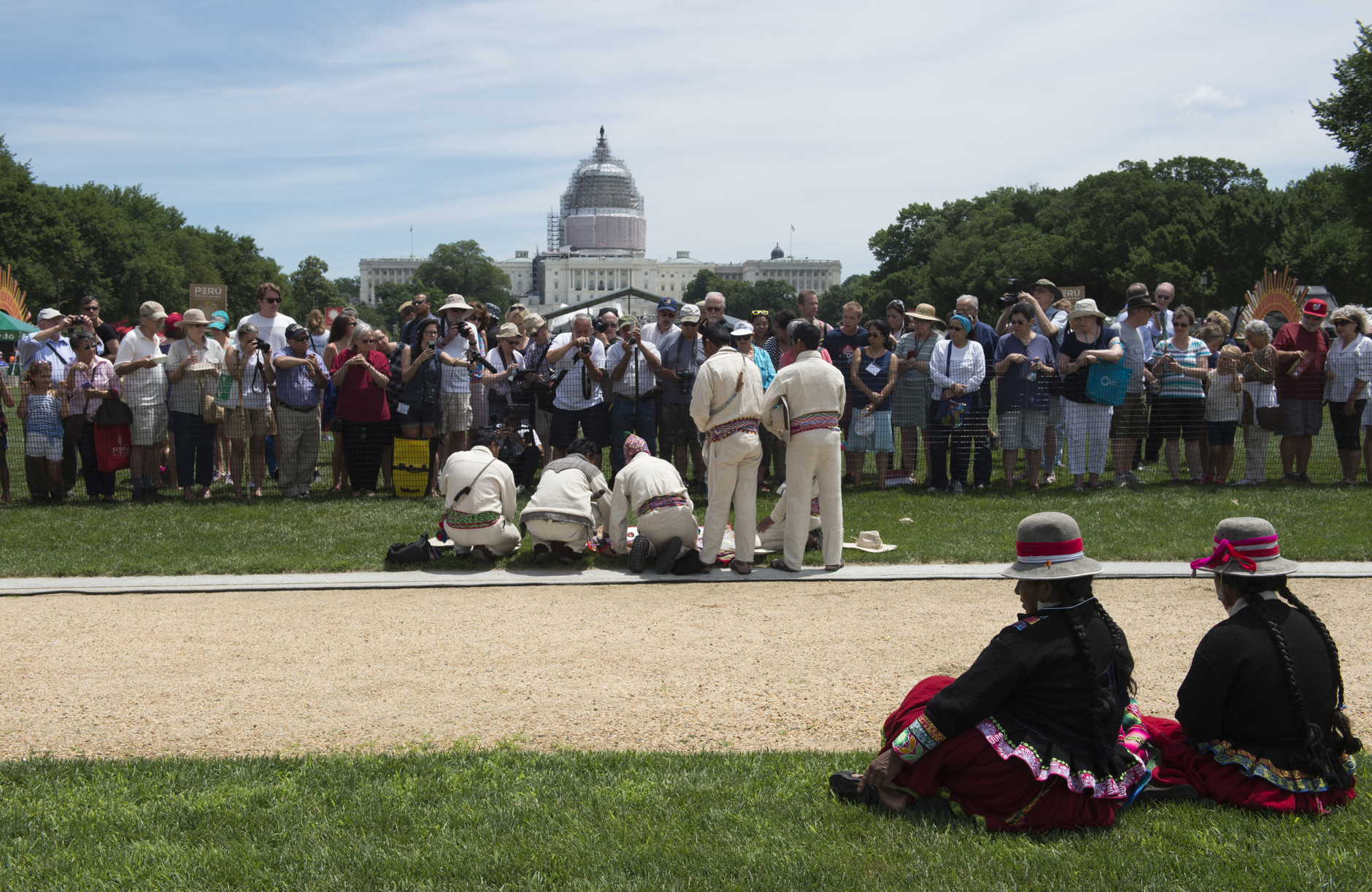
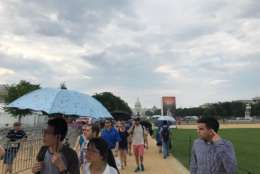
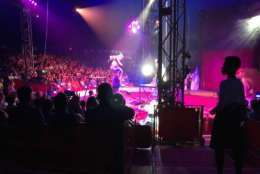
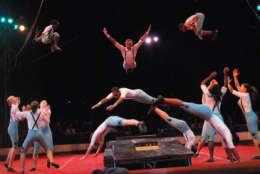
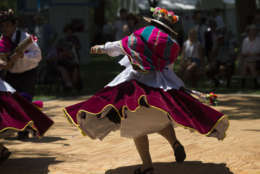
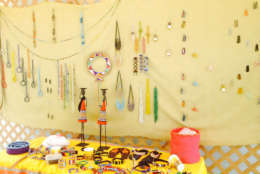
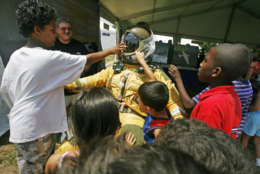
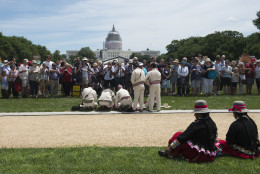
The Folklife Festival is an annual event organized by the Smithsonian Institution. Each year since 1967, the festival has educated and entertained crowds for several days. Past festivals have celebrated a variety of cultures like those of New York City, Peru and Appalachia.
Although this year’s circus theme called for plenty of performances, educational events like classes and workshops on juggling and how to be a clown were provided for attendants to learn more about circus culture.
But visitors didn’t just learn about the circus arts. This year’s festival also featured On the Move, a program dedicated to exploring migration to and within the United States. On the Move allowed performers and visitors to tell stories through art, performance and poetry.
Activities this year ranged from storytelling circles for On the Move to visitors getting intimately close demonstrations of circus skills such as walking on a high beam.
Whether you wanted to see a large-scale, circus in the Big Top, listen to visitors share stories about migration or learn how to cook traditional clown food, here are highlights of the festival this year.
Performances
The festival opened on June 29 with a ceremony by the Picataway Indian Nation. Their ceremony was also part of Smithsonian’s On the Move program. On the Move was also the theme of the only ticketed event of the festival, a story slam in the Arts and Industries Building. Participants put their name in a hat and told their story about migration on stage if called.
People defied gravity at some of the many aerial performances scheduled throughout the festival. Acrobats, jugglers and contortionists from troupes all over the globe — like the Hebei Golden Eagle Acrobatic Troupe, which was founded in China — performed.
Many days, the festival opened with performances from youth circus companies like the Sailor Circus Academy or Circus Smirkus.
But there was no shortage of adult troupes too. Cirque des Voix performed several times with a live orchestra and other troupes from all over the country delivered an eclectic schedule of performances.
Workshops and Demonstrations
For hands-on learners, the festival hosted a variety of workshops. Visitors learned how to apply clown makeup, how to juggle or how to cook classic clown food. Risk-takers attended demonstrations of how to balance on a tight wire and crafty folks learned how to make puppets.
Those interested in the lecture circuit attended classes like the “Fundamentals of Funny,” which is scheduled again Saturday at 1 p.m. Participants could share and hear other visitors’ stories at several open mics on topics ranging from cultural heritage to spoken word.
“Those are going to be led by curators and other staff, kind of providing questions that get at the underlying issues and form connections between the visitors to explore overarching themes in their stories,” said Angelica Aboulhosn, spokeswoman for the Smithsonian.
For those who want to demystify circus performances without risking any broken bones, demonstrations came in handy. Professionals broke down their tricks step by step including how aerialists look like they’re flying or how jugglers never miss a ball.
“What’s really wonderful about this year’s Smithsonian Folklife Festival is we’re providing visitors with a behind-the-scenes experience they wouldn’t otherwise get by going to a Cirque du Soleil performance or a large-scale circus performance,” Aboulhosn said.
Additional reporting by WTOP’s Kristi King.

